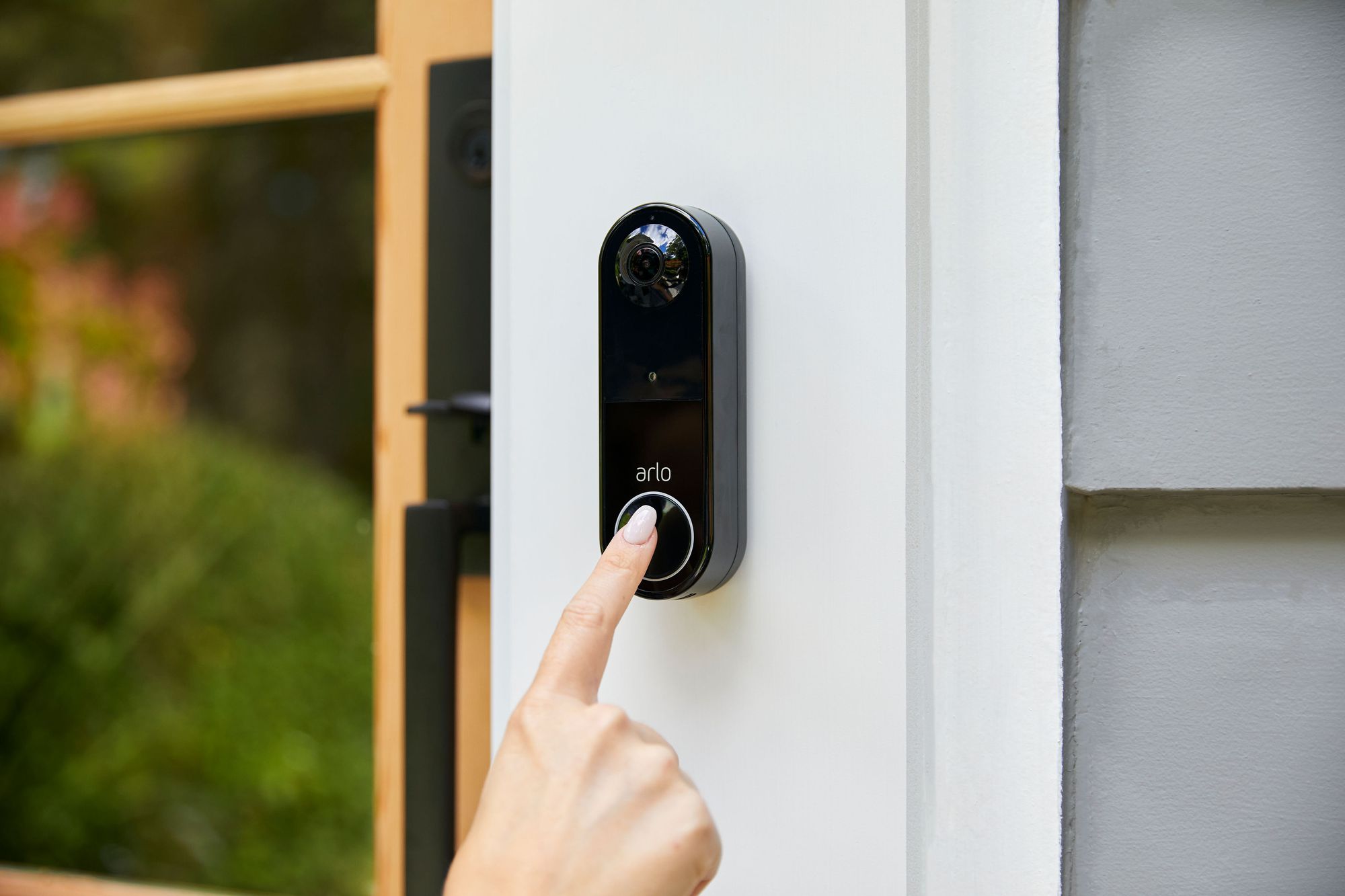

Articles
What Sound Does A Doorbell Make
Modified: January 8, 2024
Explore interesting articles about the sounds that different doorbells make and discover the intriguing variety of doorbell chimes and melodies.
(Many of the links in this article redirect to a specific reviewed product. Your purchase of these products through affiliate links helps to generate commission for Storables.com, at no extra cost. Learn more)
Introduction
A doorbell is a ubiquitous feature in nearly every household and business establishment. It serves the simple yet essential purpose of alerting residents or employees to the presence of visitors at the front door. However, when it comes to the sound a doorbell makes, one might think it’s a topic of little significance. On the contrary, the sound of a doorbell can have a significant impact on the overall atmosphere, functionality, and even the perceived character of a home or commercial space.
Over the years, doorbell sounds have evolved, reflecting changes in technology, design trends, and cultural preferences. The once standard “ding-dong” sound has now taken on various forms, from traditional chimes to modern melodies and personalized tunes. These sounds not only serve a practical purpose but also contribute to the aesthetics and ambiance of a space.
In this article, we will delve into the various sounds that a doorbell can produce, exploring the history, types, and factors that influence their selection. We will also discuss the psychological impact that doorbell sounds can have on both residents and visitors.
So, whether you’re considering replacing your outdated doorbell or simply curious about the different sounds available, join us on this journey to discover the world of doorbell sounds and their importance in our everyday lives.
Key Takeaways:
- Doorbell sounds have evolved from traditional chimes to modern melodies, reflecting changing technology and cultural preferences, impacting the overall atmosphere and character of a space.
- Personalized doorbell sounds allow homeowners to express their individuality, create a welcoming atmosphere, and leave a lasting impression on visitors, shaping the initial emotional response and perceived character of the space.
History of Doorbell Sounds
The concept of doorbells dates back centuries, with simple mechanical bells and knockers being used to announce visitors. However, it wasn’t until the early 19th century that electricity paved the way for the development of electric doorbells and their accompanying sounds.
The first electric doorbell, known as the “electric bell annunciator,” was invented by Joseph Henry in the 1830s. It consisted of a push-button switch connected to an electromagnet that would strike a bell to create the ringing sound. These early doorbells were simple and had a limited range of sounds, often resembling a single note or a chime.
As technology advanced, so did the variety of doorbell sounds. In the late 19th century, doorbells began to incorporate musical chimes, inspired by the popularity of mechanical music boxes. These chimes were typically generated by a rotating cylinder or a set of tuned metal bars, creating a more melodious and harmonious sound.
In the mid-20th century, as electronic technology became more accessible, doorbells started to incorporate synthesized sounds. These electronic doorbells had the advantage of being able to produce a greater variety of tones and melodies. Homeowners could choose from a range of pre-programmed sounds, including familiar melodies or even the sounds of nature.
With the advent of digital technology in the late 20th century, doorbell sounds took on a whole new dimension. Manufacturers started offering customizable doorbell sounds, allowing homeowners to upload their own tunes or record personalized messages. This level of personalization gave individuals the ability to truly make their doorbell sound unique and reflective of their personality.
Today, doorbell sounds have continued to evolve with the integration of wireless connectivity and smart home technology. Doorbells can now be connected to smartphones and other devices, allowing for even more customization and control over the sound they produce. With the rise of voice assistants, some doorbells can even announce visitors with a vocal message or play specific songs upon request.
The history of doorbell sounds showcases the constant innovation and adaptation of technology to meet the evolving preferences and needs of homeowners. From the simple electric bell to the customizable digital doorbell, the variety of sounds available today provides ample options to create a welcoming and personalized experience for both residents and visitors.
Common Doorbell Sounds
When it comes to common doorbell sounds, there are a few classic options that have stood the test of time. These sounds have become synonymous with doorbells and are instantly recognizable to many.
1. Ding-Dong: The “ding-dong” sound is perhaps the most traditional and widely recognized doorbell sound. It consists of two tones, a lower “ding” followed by a higher-pitched “dong.” This classic sound has been used in doorbells for decades and is favored for its simplicity and familiarity.
2. Chimes: Chimes are another popular option for doorbell sounds. These melodic sounds are reminiscent of the old mechanical music boxes. Chimes can vary in the number of tones they produce, with some doorbells offering a single chime and others creating a sequence of harmonious notes. These sounds are often associated with a sense of elegance and sophistication.
3. Bells: Simple bell sounds are also a common choice for doorbells. These can range from a single bell toll to a series of bells chiming together. Bell sounds add a touch of nostalgia and charm to a doorbell, evoking images of old-fashioned doorways or cozy country cottages.
4. Whistle: Whistle sounds are less common but can add a unique and playful touch to a doorbell. These sounds resemble a short whistle or a bird call and can be a fun way to make your doorbell stand out.
5. Beep: In more modern doorbell designs, a simple electronic beep sound is often used. This minimalistic sound is clean, unintrusive, and fits well with contemporary aesthetics. Beep sounds can be short and quick or longer and softer, depending on the design and preference.
These common doorbell sounds are widely available and can be found in both traditional wired and modern wireless doorbell systems. They provide a range of options to suit different tastes and preferences when it comes to selecting a doorbell sound that matches the overall style and ambiance of a home or business.
Traditional Doorbell Sounds
Traditional doorbell sounds encompass a wide array of timeless, classic tones that have been associated with doorbells for generations. These sounds evoke a sense of nostalgia and are often favored for their charm and simplicity.
1. Antique Bells: Traditional doorbells often featured antique-style bells that were manually rung. These bells produced a rich, resonant sound that could be heard throughout the house. The deep timbre of an antique bell adds a touch of history and elegance to a doorbell’s sound.
2. Mechanical Chimes: Mechanical chimes are another hallmark of traditional doorbells. These chimes consist of a set of metal bars or tubes that are struck by hammers when activated. The resulting sound is a melodic series of notes that create a warm and inviting atmosphere. Mechanical chimes are often associated with grand homes and stately buildings.
3. Clock Tower Chimes: Inspired by the majestic chimes of clock towers, some traditional doorbells recreate the sounds of these iconic timekeepers. These doorbells feature a series of chimes that mimic the resonant harmonies produced by a clock tower. The deep, echoing tones of clock tower chimes give a sense of grandeur and sophistication to any entrance.
4. Musical Tunes: Traditional doorbells occasionally come with pre-programmed musical tunes, often inspired by classical compositions or well-known melodies. These tunes can range from gentle, soothing melodies to livelier and more joyful tunes. Musical doorbell sounds add a touch of elegance and refinement to a home or establishment.
5. Brass Bells: Brass bells are a classic element often associated with traditional doorbells. The ringing sound of a brass bell carries a warm and welcoming tone. The metallic resonance adds a touch of character and charm, making it a popular choice for those seeking a traditional doorbell sound.
Traditional doorbell sounds offer a timeless appeal and are favored by those who appreciate the aesthetics of classic design. Whether it’s the deep resonance of antique bells, the melodic notes of mechanical chimes, or the grandeur of clock tower chimes, these traditional sounds add a touch of elegance and sophistication to any home or business.
Modern Doorbell Sounds
As technology continues to advance, so do the options for modern doorbell sounds. These sounds reflect contemporary design trends and cater to the preferences of homeowners seeking a more modern and innovative doorbell experience.
1. Digital Tones: Modern doorbells often feature a selection of digital tones that range from simple beeps to more intricate and intricate melodies. These digital tones offer a clean and minimalist sound that is compatible with sleek and modern architectural designs.
2. Electronic Melodies: Instead of traditional chimes or bells, modern doorbells may incorporate electronic melodies. These melodies can be anything from popular tunes to calming acoustic compositions. Electronic melodies allow homeowners to personalize their doorbell sound and can create an atmosphere that reflects their personal taste and style.
3. Nature Sounds: Connecting with nature is a popular trend in modern design, and doorbell sounds are no exception. Some modern doorbells offer a range of nature-inspired sounds, such as chirping birds, gentle rain, or calming ocean waves. These sounds bring an element of tranquility and natural beauty to a space.
4. Futuristic Tones: In line with the futuristic aesthetics of modern design, some doorbells offer unique and futuristic sound options. These tones may resemble sounds from science fiction movies or space-inspired melodies. Futuristic tones add a sense of innovation and modernity to a home or business entrance.
5. Voice Announcements: With the advent of smart doorbells, voice announcements have become a prominent feature in modern doorbell sounds. These doorbells can be connected to voice assistants, allowing for personalized messages to be played upon someone’s arrival. Voice announcements offer a practical and convenient way to communicate with visitors and create a futuristic and high-tech doorbell experience.
Modern doorbell sounds cater to homeowners who seek a contemporary and cutting-edge doorbell experience. Whether it’s digital tones, electronic melodies, nature sounds, futuristic tones, or voice announcements, these modern sounds enhance the overall aesthetic and functionality of a space.
When choosing a doorbell, consider the sound it makes. A pleasant, clear chime is often preferred over a loud, jarring noise.
Read more: What Sound Does Glass Make When It Breaks
Musical Doorbell Sounds
Musical doorbell sounds offer a delightful and unique way to greet visitors with a touch of melody. These doorbells allow homeowners to infuse their space with a sense of joy and personal expression through the power of music.
1. Popular Songs: Musical doorbells often come with a selection of popular songs to choose from. These songs can range from well-known tunes to current chart-toppers. The ability to have your doorbell play a snippet of your favorite song adds a fun and personalized touch to your home or business.
2. Classical Compositions: For those with a more refined taste, musical doorbells can feature classical compositions. From Mozart to Beethoven, homeowners can select a segment of a timeless masterpiece to welcome their guests. Classical musical doorbell sounds add an air of elegance and sophistication to any entrance.
3. Holiday Tunes: Musical doorbells are especially popular during the holiday season. With a wide range of holiday tunes to choose from, homeowners can set their doorbell to play festive melodies such as “Jingle Bells,” “Deck the Halls,” or “Silent Night.” Holiday-themed musical doorbell sounds create a cheerful and festive atmosphere.
4. Custom Tunes: Some musical doorbells provide the option to customize and upload your own tunes. This allows homeowners to create a truly unique and personal experience. Whether it’s a favorite song, a family melody, or a special tune, custom musical doorbell sounds add a personal touch that reflects the homeowner’s personality and taste.
5. Sound Effects: Musical doorbells can also offer a range of fun and whimsical sound effects. From cartoon theme songs to animal sounds, these doorbells add a playful and lighthearted element to your entrance. Sound effect musical doorbell sounds are sure to bring a smile to your visitors’ faces.
Musical doorbell sounds provide a delightful and memorable experience for both residents and visitors. Whether it’s playing popular songs, classical compositions, holiday tunes, custom melodies, or sound effects, these musical doorbells create an atmosphere that is truly unique and reflects the homeowner’s individuality.
Personalized Doorbell Sounds
Personalized doorbell sounds offer homeowners the opportunity to make a bold statement and create a truly unique and customized experience for their guests. These doorbells allow individuals to infuse their own personality, interests, and preferences into the sound that welcomes visitors to their space.
1. Voice Recordings: One of the most popular ways to personalize a doorbell sound is by recording a voice message. Homeowners can record a warm greeting, a personalized announcement, or even a playful message to surprise and delight their visitors. This adds a personal and human touch to the doorbell sound, making guests feel immediately welcomed and connected.
2. Name Announcements: Personalized doorbells can be programmed to announce the names of the residents or occupants. When the doorbell is pressed, it’ll play a recording that identifies who is being called. This not only adds a unique touch but also serves as a convenient way for guests to confirm they have reached the right place.
3. Favorite Quotes or Movie Lines: For those who want to add a touch of creativity or humor to their doorbell sound, personalized quotes or movie lines are a great option. Homeowners can choose their favorite quotes from books, movies, or inspirational speeches and have them play when the doorbell is activated. This adds a distinct personality to the entrance and can spark interesting conversations with visitors.
4. Sound Effects or Jingles: Personalized doorbell sounds can also include specific sound effects or jingles that resonate with the homeowner’s interests or hobbies. Whether it’s a sound effect from a favorite movie, a sports team’s anthem, or a signature jingle from a beloved brand, these doorbell sounds reflect the homeowner’s passion and create a memorable experience for guests.
5. Musical Instruments: Another way to personalize a doorbell sound is by selecting the sound of a specific musical instrument. Whether it’s the sound of a piano, guitar, trumpet, or any other instrument, these personalized doorbell sounds can showcase the homeowner’s musical preferences and add a touch of artistry to the entrance.
Personalized doorbell sounds are a fantastic way to add a unique and memorable touch to your home or business. By incorporating voice recordings, name announcements, favorite quotes or movie lines, sound effects or jingles, and musical instruments, homeowners can create a doorbell sound that truly reflects their personality, interests, and style.
Factors Influencing Doorbell Sound Selection
When it comes to selecting a doorbell sound, there are several factors to consider. The right doorbell sound can create a welcoming and personalized atmosphere, enhance the overall aesthetic of a space, and even influence the mood of both residents and visitors. Here are some key factors that can influence doorbell sound selection:
1. Personal Preference: The most significant factor in choosing a doorbell sound is personal preference. Homeowners should select a sound that resonates with their individual taste and reflects their personality. Whether it’s a traditional chime, a modern melody, a personalized recording, or a specific music genre, the doorbell sound should bring a sense of joy and satisfaction every time it’s heard.
2. Home or Business Style: The style and ambiance of the home or business should be taken into account when choosing a doorbell sound. Traditional doorbell sounds, such as antique bells or mechanical chimes, are more suited for classic and vintage-style homes. Modern and contemporary spaces may benefit from digital tones or electronic melodies. The doorbell sound should complement the overall aesthetic and enhance the atmosphere.
3. Neighborhood Considerations: It’s important to consider the neighborhood and surrounding environment when selecting a doorbell sound. For instance, in a residential neighborhood with close proximity between houses, choosing a doorbell sound that is loud and distinct may be necessary to ensure it is heard clearly. On the other hand, in a peaceful and quiet area, a softer and more soothing sound may be more appropriate.
4. Accessibility and Functionality: Accessibility and functionality should not be overlooked when choosing a doorbell sound. It’s essential to select a sound that is loud enough to be heard throughout the space, ensuring that visitors are alerted to their presence. Additionally, doorbell sounds should be easily distinguishable from other sounds in the environment, such as ambient noise or nearby electronic devices, to prevent confusion or missed notifications.
5. Cultural and Regional Influences: Cultural and regional influences can play a role in doorbell sound selection. Different cultures may have specific preferences or associations with certain sounds. For example, in some cultures, the sound of bells may be associated with religious or spiritual significance, while in others, it may symbolize festivities. Considering these cultural and regional influences can add a deeper meaning to the chosen doorbell sound.
6. Psychological Impact: The psychology behind doorbell sounds should also be considered. Certain sounds can evoke specific emotions and responses. For example, gentle chimes or soft melodies can create a calm and relaxing atmosphere, while more energetic and lively sounds may stimulate a sense of excitement or anticipation. Understanding the psychological impact of different sounds can help create a desired emotional ambiance.
Choosing the right doorbell sound involves considering personal preference, the style of the home or business, neighborhood considerations, accessibility and functionality, cultural and regional influences, as well as the psychological impact. By taking these factors into account, homeowners can select a doorbell sound that enhances the overall experience and creates a welcoming and enjoyable atmosphere for both residents and visitors.
The Psychology Behind Doorbell Sounds
Doorbell sounds may seem like a simple and insignificant detail, but they can have a profound psychological impact on both residents and visitors. The sound that greets us at the door can evoke various emotions and shape our perceptions of the space we are entering. Here are some key aspects of the psychology behind doorbell sounds:
1. Emotional Response: Different doorbell sounds can elicit different emotional responses. For example, a soft and melodic chime can evoke feelings of calmness and relaxation, creating a soothing and inviting atmosphere. On the other hand, a more cheerful and upbeat doorbell sound may spark joy and excitement, setting a positive and energetic mood. Understanding the emotional impact of doorbell sounds can help homeowners create the desired ambiance for their guests.
2. Anticipation and Attention: Doorbell sounds inherently grab our attention and signal the arrival of someone at the door. The chosen sound can influence the level of anticipation and curiosity it generates. A distinctive and unique doorbell sound can pique curiosity and capture attention, while a more traditional or familiar sound may evoke a sense of expectation and familiarity. The psychology behind doorbell sounds lies in their ability to create anticipation and draw focus to the entrance.
3. Perceived Character and Atmosphere: Doorbell sounds can contribute to the perceived character and atmosphere of a space. For instance, a traditional chime or antique bell sound can evoke a sense of heritage and nostalgia, suggesting a classic and elegant interior. On the other hand, modern and electronic doorbell sounds can project a more contemporary and technologically advanced character. The psychology behind doorbell sounds lies in their ability to shape the initial impressions that visitors form about the ambiance and style of a home or business.
4. Cultural and Contextual Associations: Doorbell sounds can also be influenced by cultural and contextual associations. Different cultures may have specific associations and meanings tied to certain sounds. For example, in some cultures, the sound of bells may symbolize good fortune or religious significance. Contextual associations, such as a holiday tune during festive seasons, can create a sense of unity and shared experiences. The psychology behind doorbell sounds involves understanding the cultural and contextual associations that can influence the perception of visitors.
5. Personalization and Identity Expression: Personalized doorbell sounds allow individuals to express their identity and uniqueness. By choosing a personalized sound such as a voice recording, favorite song, or sound effect, homeowners can create a doorbell experience that reflects their personality and interests. This customization adds an element of personal touch and can contribute to a sense of pride and ownership over the space. The psychology behind doorbell sounds lies in their ability to create a connection and a sense of belonging.
Understanding the psychology behind doorbell sounds can help homeowners make intentional choices that align with their desired emotional atmosphere, reinforce the perceived character of their space, and create a memorable and personalized experience for visitors. By carefully selecting a doorbell sound, individuals can shape the initial impression and emotional response of those who enter their home or business.
Read more: How To Change Doorbell Sound On Ring
Conclusion
The sound that a doorbell makes may seem like a small detail, but it holds significant importance in creating a welcoming and personalized experience for both residents and visitors. From traditional chimes to modern melodies, musical compositions to personalized recordings, doorbell sounds have evolved over time to reflect changing technology, design trends, and individual preferences. Understanding the factors that influence doorbell sound selection and the psychology behind these sounds can help homeowners make intentional choices that create the desired ambiance and leave a lasting impression.
Whether choosing a doorbell sound based on personal preference, considering the style of the home or business, taking into account neighborhood factors, or incorporating cultural and regional influences, each decision plays a role in shaping the overall atmosphere. The sound that greets visitors at the door can evoke emotions, generate anticipation, and contribute to the perceived character and identity of the space. It is through the psychology of doorbell sounds that a home or business can make a distinctive and memorable statement.
Personalization plays a significant role in doorbell sound selection, allowing homeowners to express their individuality and create a connection with their space. Whether through voice recordings, favorite songs, sound effects, or personalized announcements, homeowners can infuse their doorbell sound with a unique touch that reflects their personality and interests. This personalization sets the stage for a warm and inviting entrance, where visitors feel welcomed and connected right from the start.
In conclusion, the world of doorbell sounds provides a breadth of options to suit every taste and style. From traditional to modern, musical to personalized, each doorbell sound brings its own charm and character. By considering factors such as personal preference, architectural style, neighborhood considerations, accessibility, cultural influences, and psychology, homeowners can select a doorbell sound that enhances their space and creates a warm and memorable experience for all who cross the threshold.
So the next time you decide to replace your doorbell or simply want to add a touch of your personality, take a moment to explore the world of doorbell sounds and choose the one that brings a smile to your face and joy to your visitors.
Frequently Asked Questions about What Sound Does A Doorbell Make
Was this page helpful?
At Storables.com, we guarantee accurate and reliable information. Our content, validated by Expert Board Contributors, is crafted following stringent Editorial Policies. We're committed to providing you with well-researched, expert-backed insights for all your informational needs.
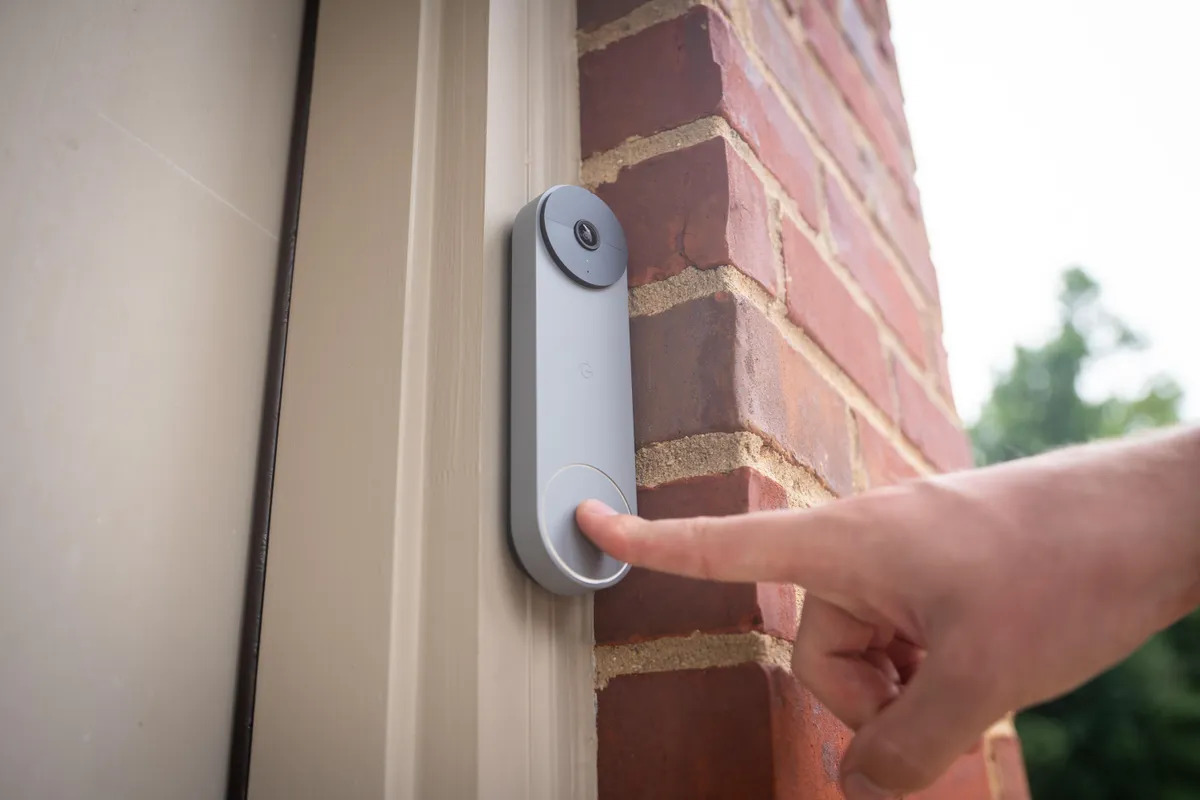
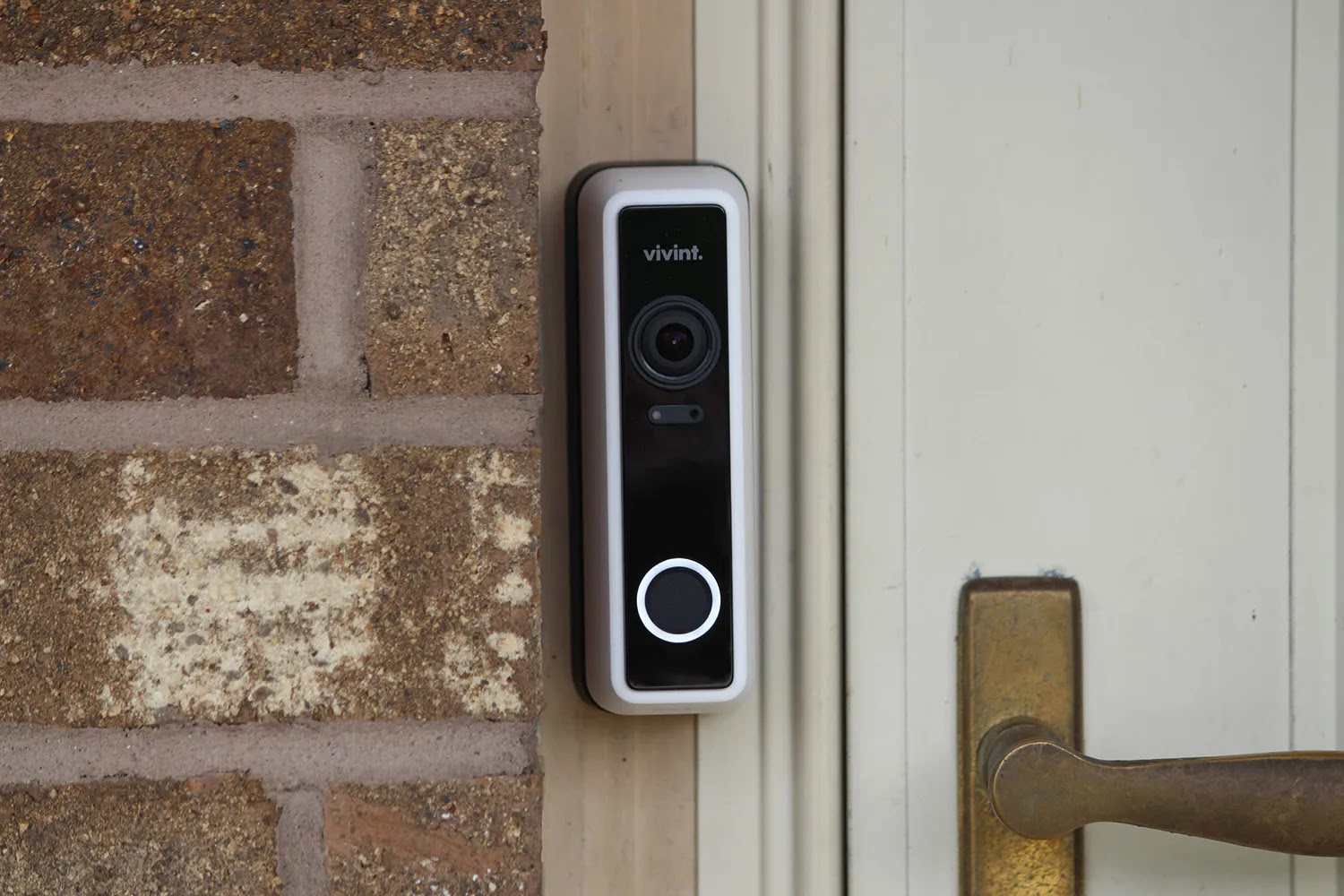
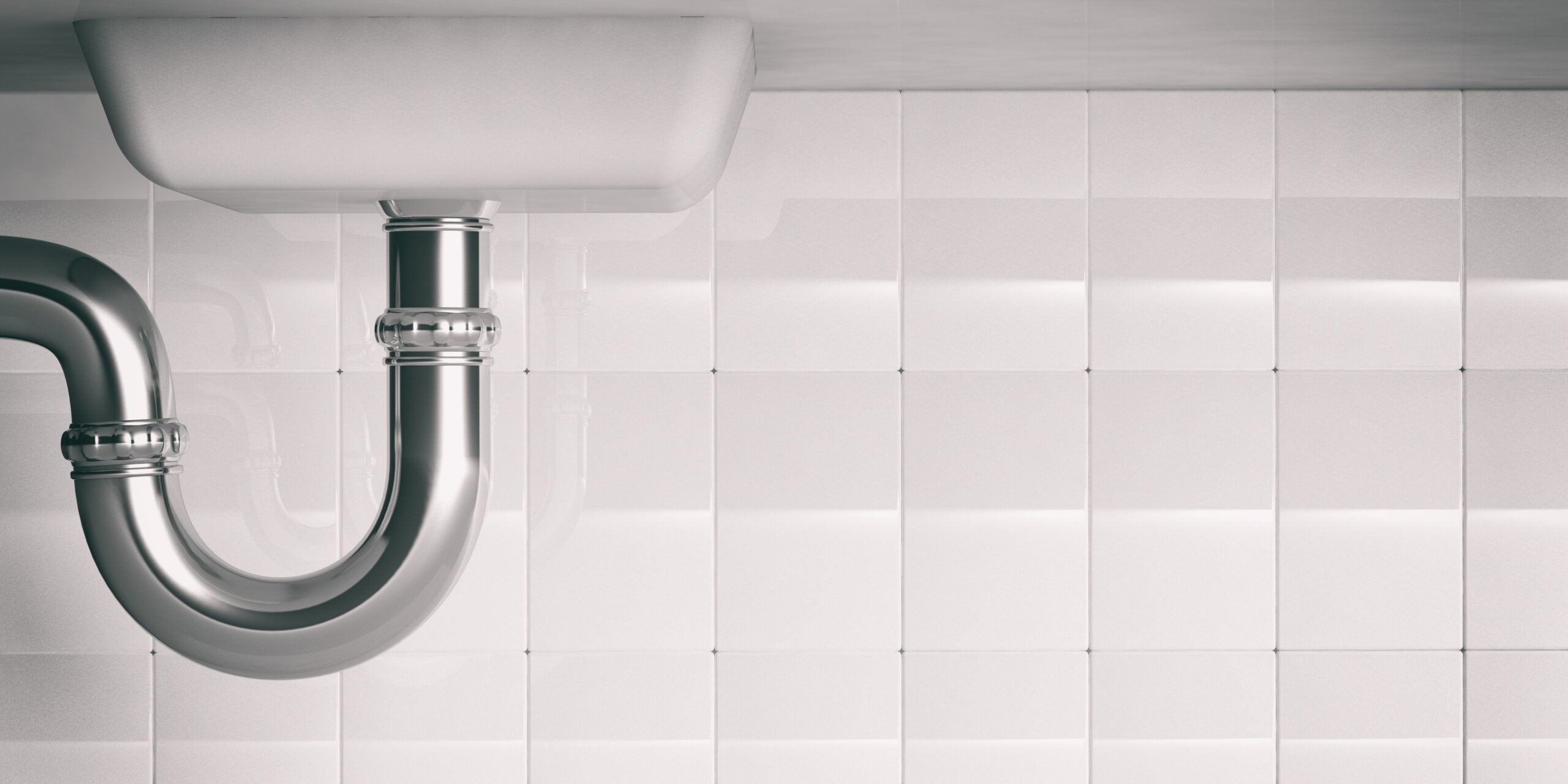
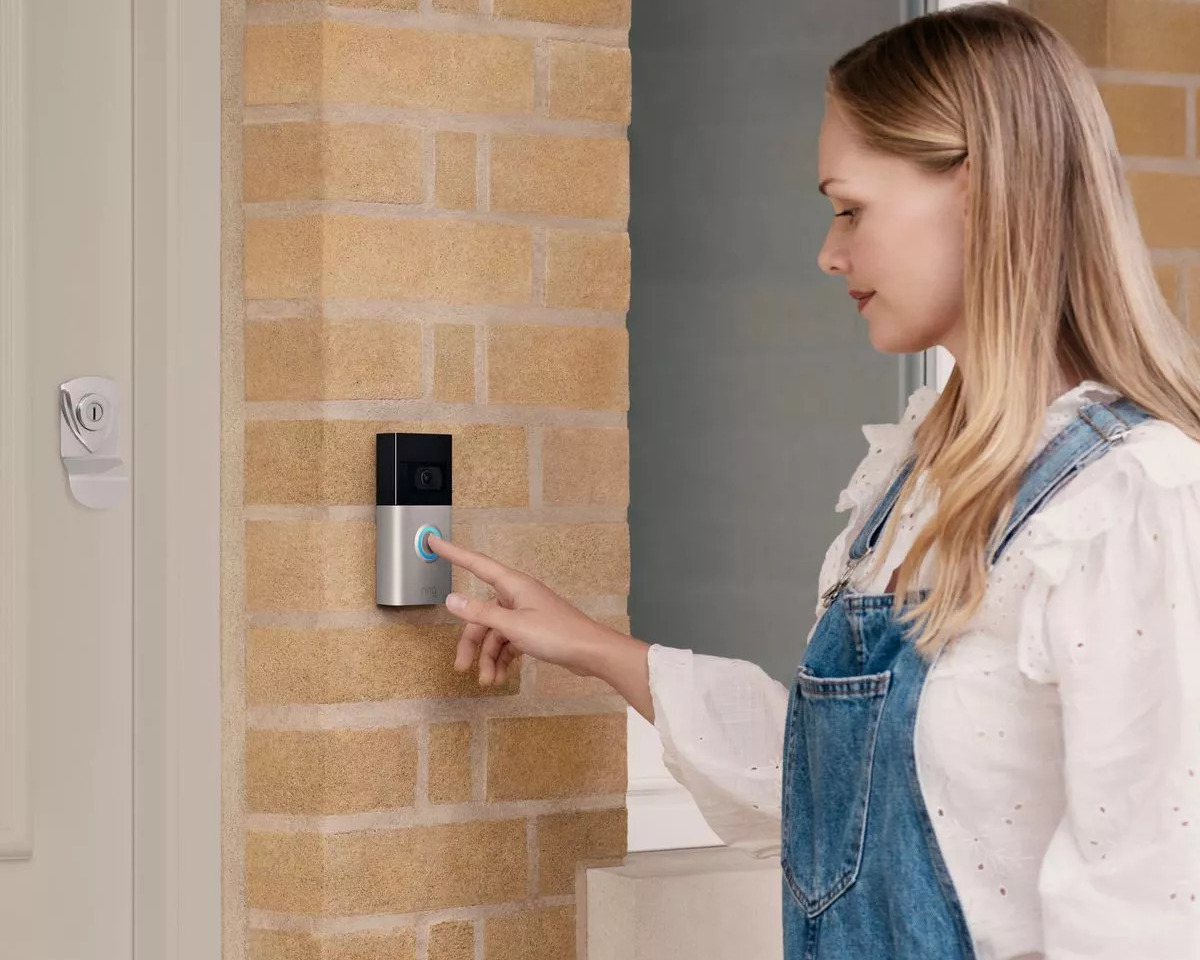
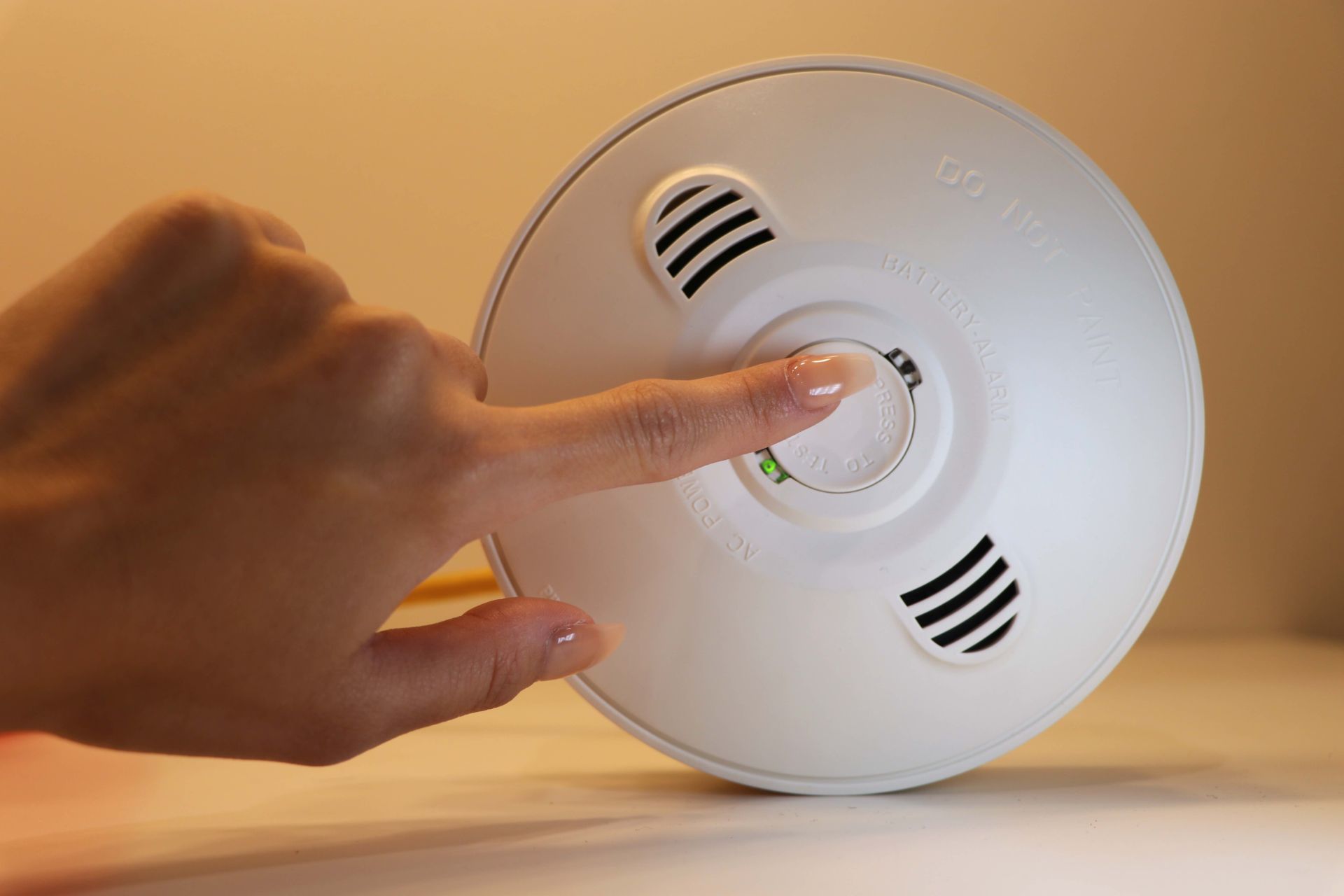
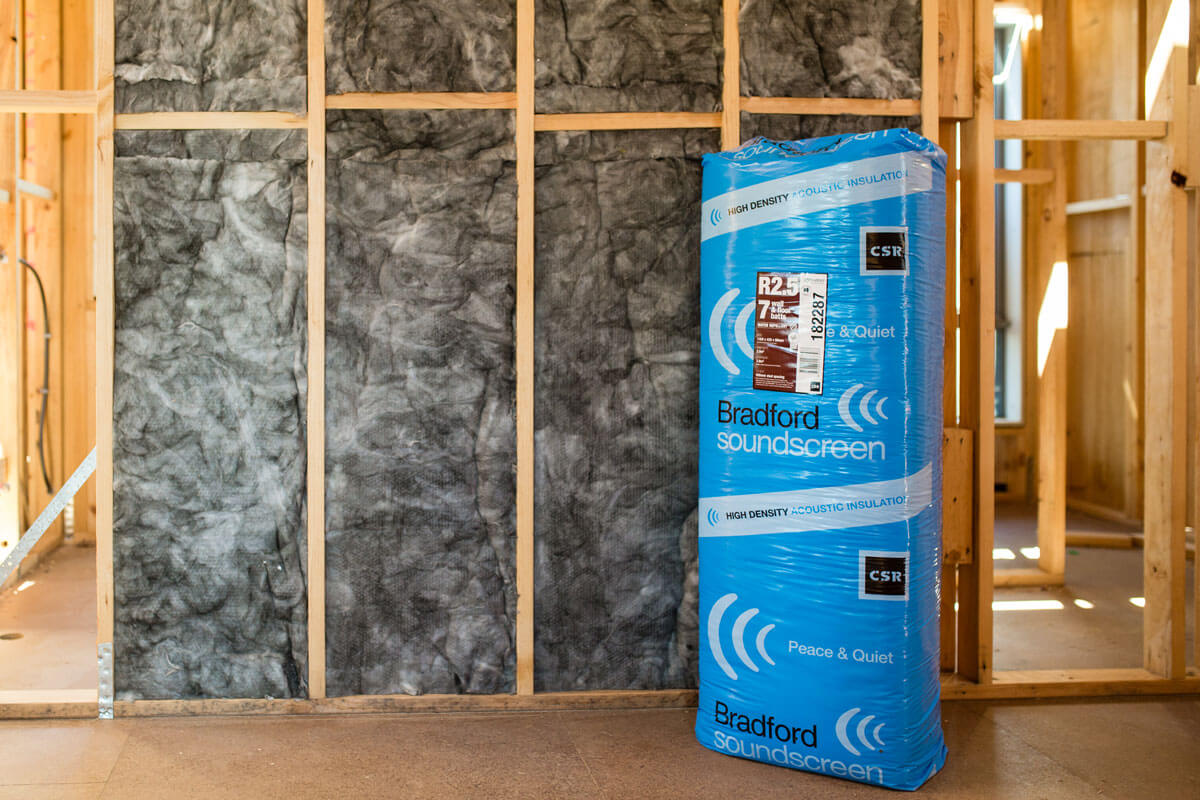
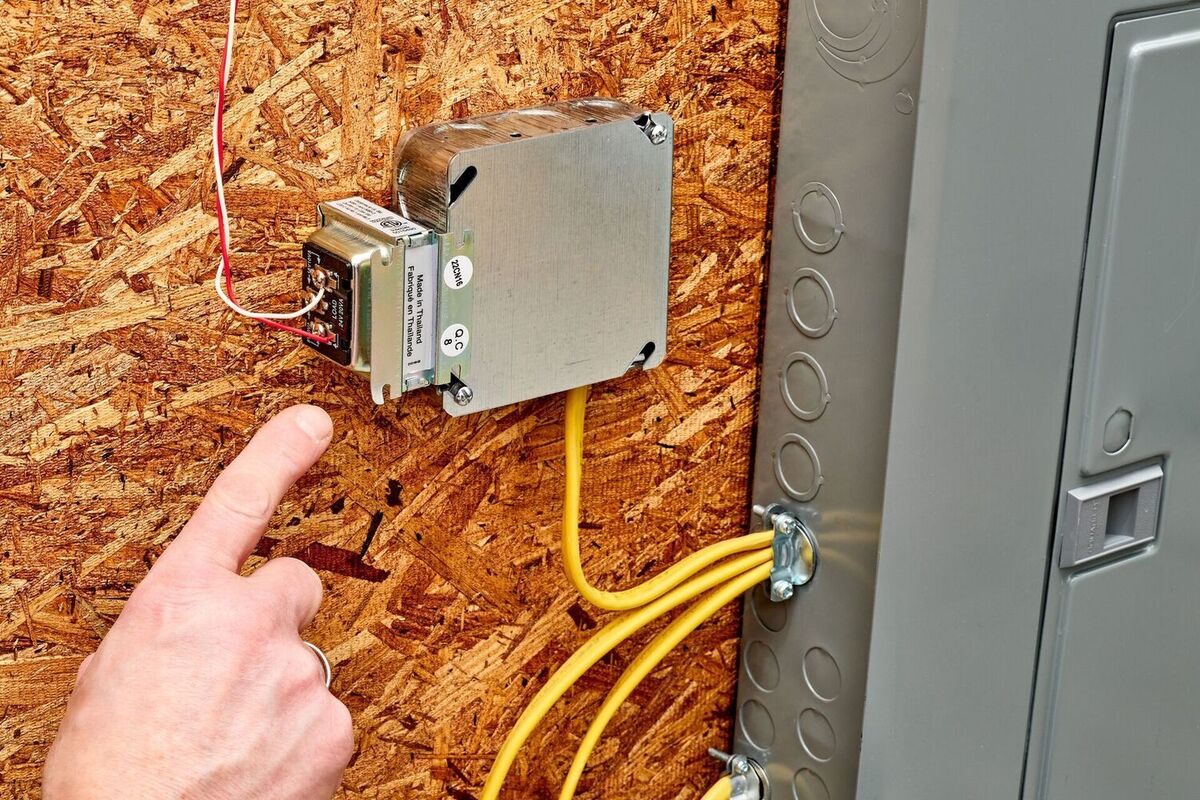

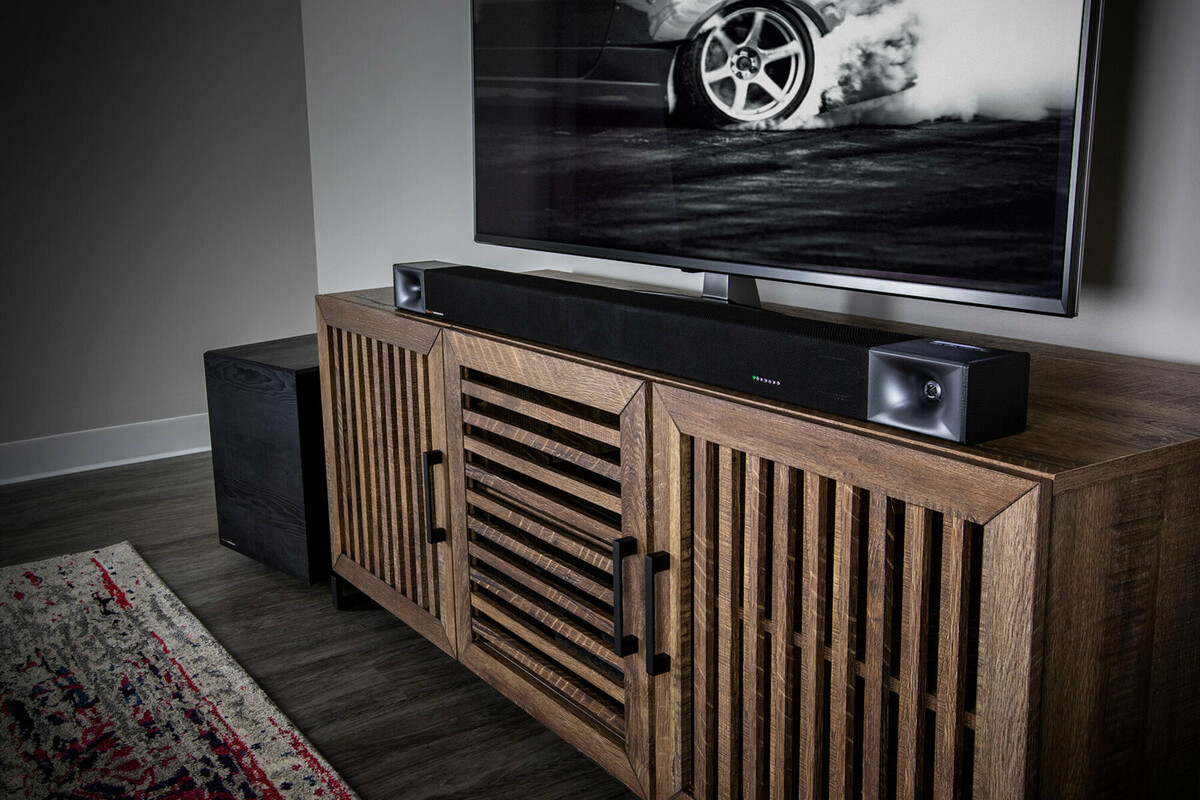
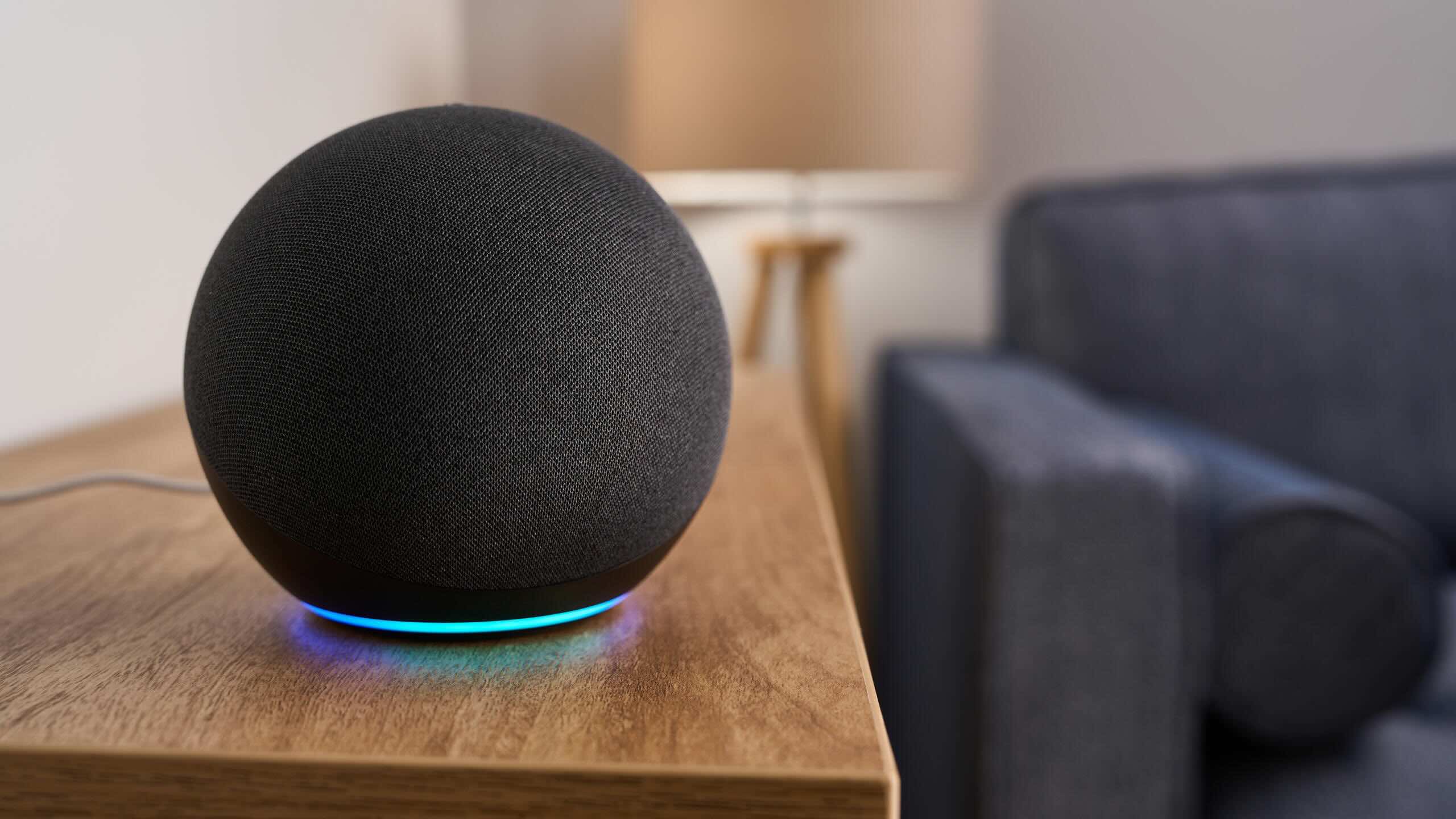

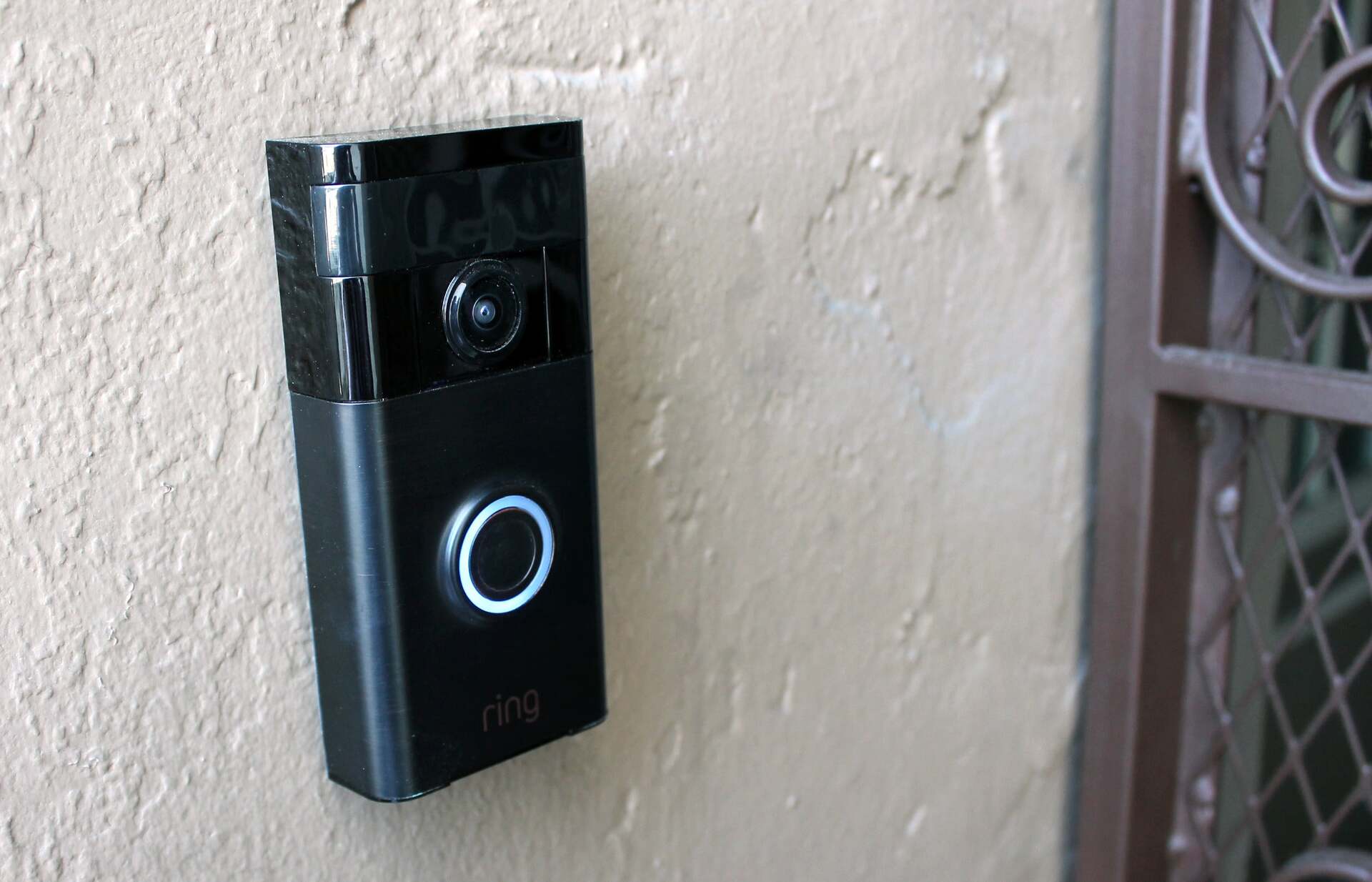
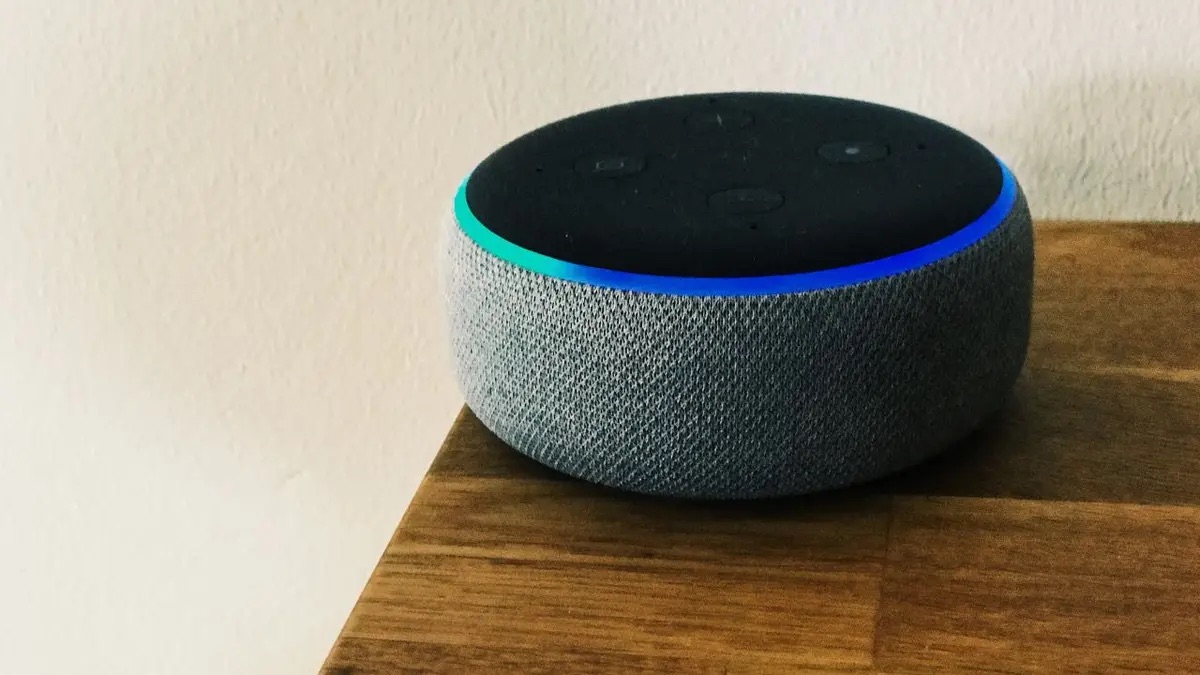

0 thoughts on “What Sound Does A Doorbell Make”